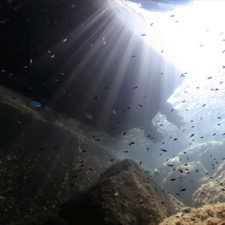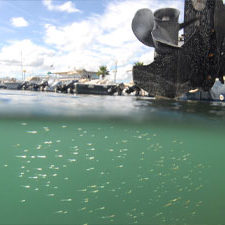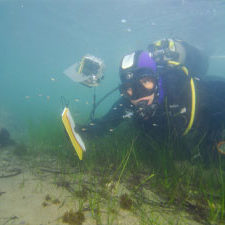
Ecological restoration
Ecological restoration solutions for the marine ecosystem
Since the 1950’s, the number of endangered marine species has continued to grow and the natural capital of fish has declined sharply. The causes of this phenomenon are numerous, among them are pollution, habitat destruction, climate change, the emergence of invasive species, and of course the over-exploitation of marine resources, whose actual rate exceeds the optimal rate by a factor of three to four. Some scientists even predict that by 2050 almost all marine fish stocks will be gone!
Conservation is not longer enough, we must repair, support the ecosystem !
Currently, over 50% of commercial species are exploited to their maximum sustainable yield, and 32% are considered overexploited, depleted or recovering. Every day, humanity demands increasingly more from this limited and endangered resource. As a result, simple conservation of natural resources, and particularly marine resources, is not enough to redress the balance. Positive efforts must be made to actively repair our marine ecosystems.
Local collectivities, industrials and coastal developers on the frontline
Local collectivities, industrials and coastal developers must address many marine ecosystem issues. They will need to integrate environmental technologies into the design of their coastal infrastructures to enhance ecological functions and reduce the structures’ ecological footprint. Ecocean is working to develop solutions to make coastal infrastructures serve biodiversity or at least limit their impacts. Environmental constraints related to fisheries resources will have to be considered from the stage of conception.
The EU’s Marine Strategy Framework Directive
To stop the decline in biodiversity, the EU’s Marine Strategy Framework Directive (2008/56/EC) requires European countries to identify targets and produce effective solutions for marine environment restoration. In accordance with the directive, and also the recommendations of the “Grenelle de la Mer” (a multi-stakeholder accord on the future of the marine environment), the French government wishes to reduce biodiversity losses, improve knowledge of marine ecosystems and propose operational solutions.
Our solutions
Innovation to restore fishery resources
As an effective response to the collapse of fish stocks, Ecocean proposes two complementary solutions which both have the same goal: to boost the recruitment and survival of fish. BioRestore® to increase fish population by restocking, and Biohut®, to bring back fish nursery function in places where it has been damaged by built infrastructures (ports, pipelines, seawalls…)
2 complementary solutions
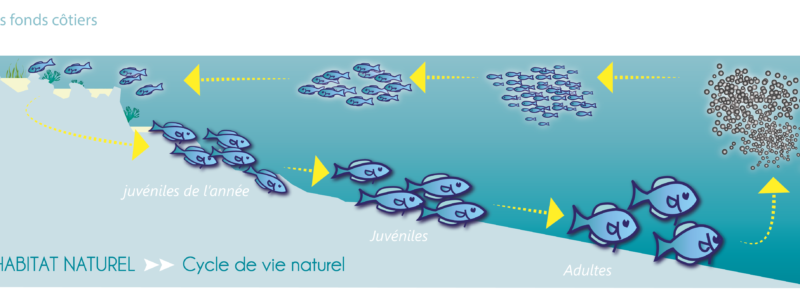
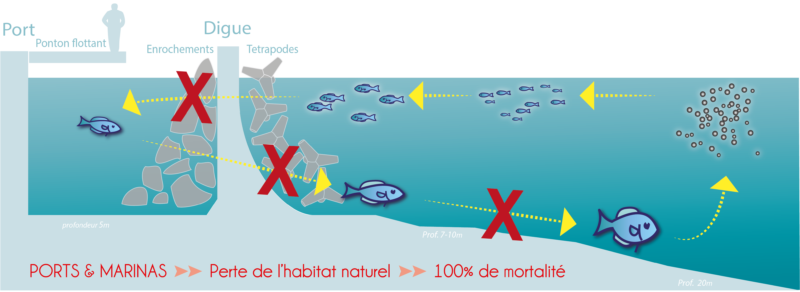
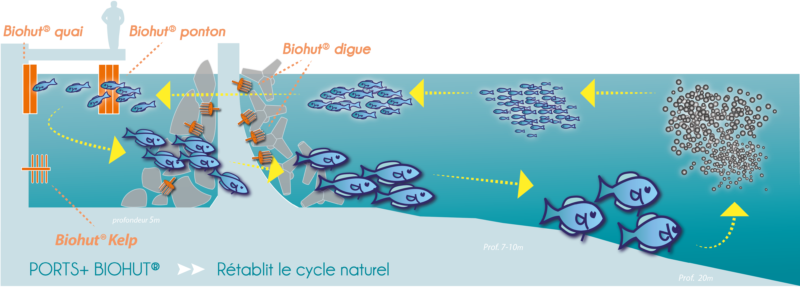
Our solutions provide effective responses to the challenges identified in the most recent framework documents and crucial future environmental issues :
- Limiting the impact on resources, in this case coastal fish, in order to conserve stocks in terms of both quality and quantity.
- Optimizing administration, cooperation and communication between the resource and its consumers, (i.e. ports and marine developers versus fishermen).
- Control and sustainable management of future economic coastal developments: docks expansion, marine energies, dredging…
- Public education about environmental threats and the role of marine biodiversity.
To read: La 1ère publication scientifique de rang A qui avère l’efficacité des Biohut ® dans les ports
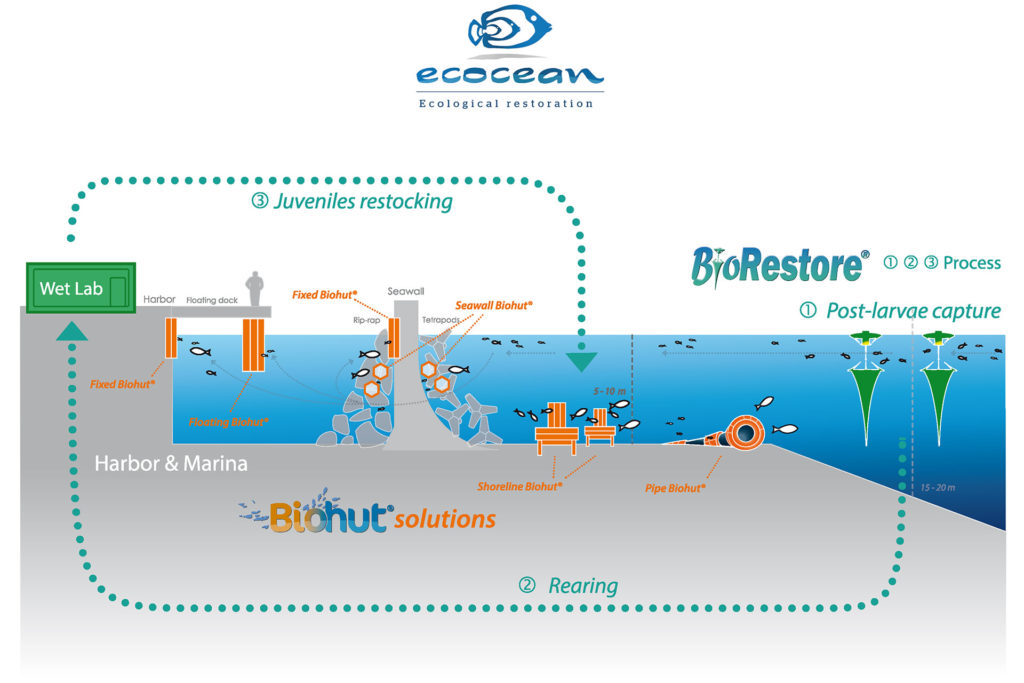
For more information on artificial nurseries in harbours see our website www.nappex.fr

